Equipment
First Impressions With the Fujifilm GFX 100 II
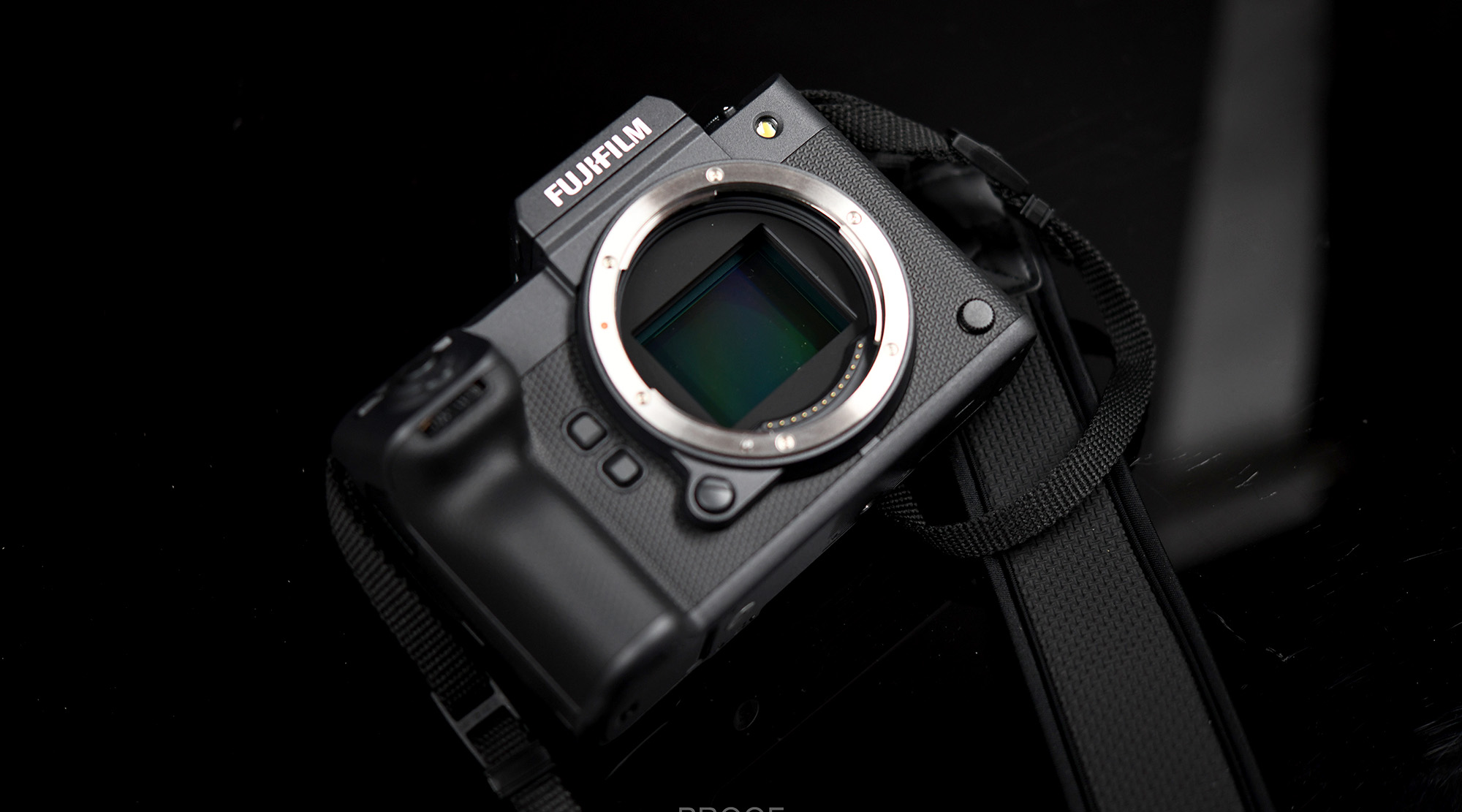
These last few months have had a lot of really exciting camera announcements – from the Sony a9 III to the Nikon Zf – but one of them piqued my interest more than the rest – the Fuji GFX 100 II. For longtime followers of this blog, you probably know that my work is primarily in studio beauty photography and that the Fuji GFX 100s is my go-to camera on nearly all of my photoshoots. Up until a few weeks ago, I was thrilled with my GFX 100s, and there was nothing I would change about the camera – and then Fuji had to shatter my expectations and level of content with the announcement and release of the Fuji GFX 100 II.
Before we dive into the nitty and gritty of this review, let’s do some housekeeping. I’m calling this review a first impression, because well, it’s exactly that. At the risk of sounding like a broken record to frequent readers, our policy on blog content and reviews is to the benefit of the customers first and foremost; rental orders take priority. So when it comes to new gear, unless we have a large inventory of the said gear, blog reviews often have to wait weeks or months after the release of new gear before they can get their hands on the gear. However, with the Fuji GFX 100II, we had a really small hole in our orders, and I got a unit for a few days, to test and write my thoughts. Because of the limited time with the camera, this first impression is a little limited in scope – I didn’t test any of the video functions of the camera (We do have the YouTube crew working on that though), nor did I get into the hyper-technical details of the camera (though our frequent contributor Jim Kasson has dived into the technicals and has his thoughts on that on his blog). But I did get some time with it in my hands, so let’s take a look at what I thought.

The Fuji GFX 100 II
The Fuji GFX 100 II is the latest release from the Fujifilm medium format line of cameras. At 102 megapixels, the 33mmx44mm BSI CMOS sensor is among the biggest in the class, offering pretty incredible image quality tens of thousands of dollars less than a medium format camera from PhaseOne and Hasselblad. In addition, the Fujifilm GFX 100II offers 8K video at 30fps using the full medium format sensor with the help of an Atomos recording device. However, despite these specs, a lot of comparisons have been made with the Fujifilm GFX 100s (my personal camera), which was released back in Feb of 2021, so let’s bring out the table to compare the two.
| Fuji GFX 100s | Fuji GFX 100 II | |
|---|---|---|
| Sensor | 102mp 33mmx44mm BSI-CMOS Sensor | 102mp 33mmx44mm BSI-CMOS Sensor (Gen II) |
| Processor | X-Processor 4 | X-Processor 5 |
| Max Shutter Speed | 1/16000 a second | 1/32000 a second |
| Frames Per Second | 5fps Continuous Shooting | 8fps Continuous Shooting |
| Viewfinder Resolution | 3690k dot electric viewfinder | 9440k dot electric viewfinder |
| In-Body Stabilization | 6 stops | 8 stops |
| ISO Limits | 100 - 12800 (50 - 102400 expanded) | 80 - 12800 (40 - 102400 expanded) |
| Color Bit Depth (images) | 14bit / 16bit RAW | 14bit /16bit RAW |
| Max Video Resolution | 4096×2160 29.97p/25p/24p/23.98p | 7680 x 4320 29.97p/25p/24p/23.98p |
| Max Video Bitrate | 400Mbps | 720Mbps |
| I/O | USB Type-C (USB3.2 Gen1x1), HDMI Micro connector (Type D), ø3.5mm, stereo mini connector (Microphone) ø3.5mm, stereo mini connector (Headphone) ø2.5mm, Remote Release Connector Hot shoe Synchronized terminal | USB Type-C (USB3.2 Gen2x1), HDMI connector (Type A), 1000BASE-T、100BASE-TX、10BASE-T, ø3.5mm, stereo mini connector (Microphone and Remote Release) ø3.5mm, stereo mini connector (Headphone) Hot shoe Synchronized terninal |
| Memory | 2x SDXC Card (Class V90) | CFexpress Type B Card, SDXC Card (Class V90) |
| Battery Life | 460 shots | 540 shots |
| Weight | including battery and SD memory card: Approx. 900g | including battery and memory card: Approx. 948g (including EVF: 1,030g) |
| Price | $5,999 (though currently prices at $4,399) | $7,499 |
As you can see from the table above, the Fuji GFX 100 II is a noticeable improvement over its predecessor, though at a cost. Before we decide if it’s worth it, let me share my short time with the camera.
Using the Fuji GFX 100 II
During my week with the Fujifilm GFX 100 II, I have included two lifestyle shoots. While the Fuji GFX 100s always felt like a studio camera first and foremost, the improvements to the autofocus and general speed of the GFX 100 II have made this camera one that has far more versatility than previous iterations – plus I was in the middle of reorganizing my studio when I received the camera rental. With the GFX 100 II comes a completely new design from the previous camera, with a camera body that is bigger than the GFX 100s, along with a more rugged and robust feel on a camera that was already previously really solid. Along with the new design and bigger body are some redesign elements that I appreciated.
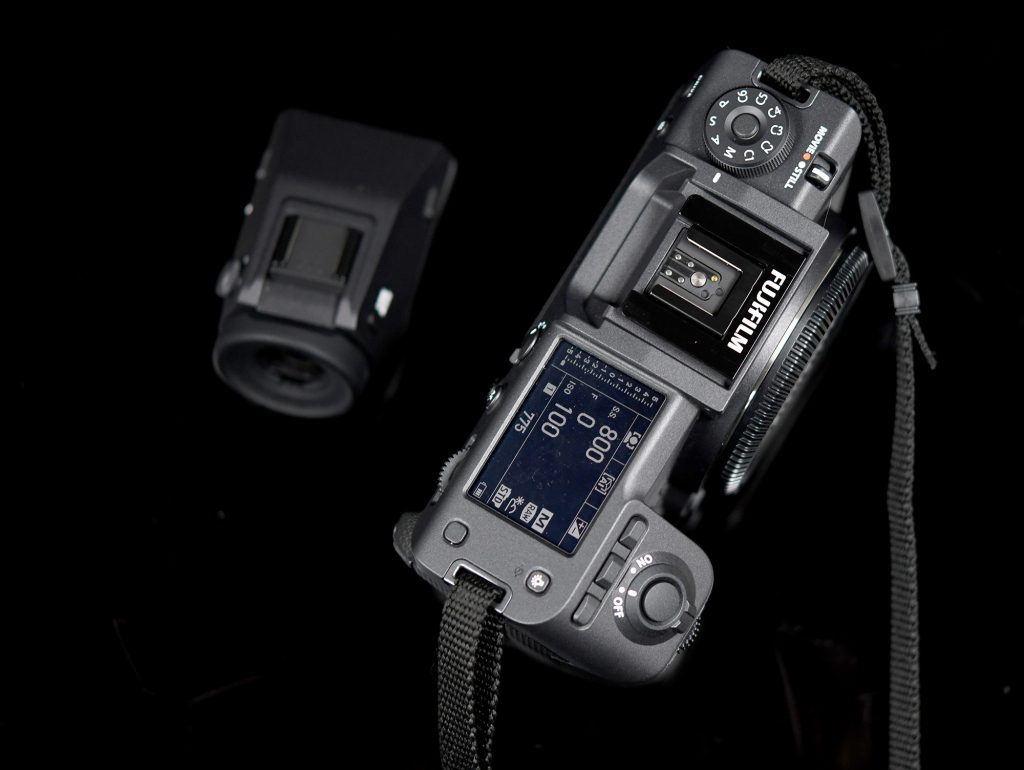
Perhaps most notable, is the detachable viewfinder – taking a page from the often modular design of more traditional medium format cameras. Removing the viewfinder gives you a camera with live view only while shrinking the camera size and shape pretty dramatically. In addition to this, it allows you to tilt the LCD upward, and give you an almost waist-level viewfinder, a stable of medium format and large format cameras. By using the hotshoe mount as the connecting point to the viewfinder, you’re able to maintain all the camera’s functionality (and its hotshoe) if you choose to remove the viewfinder system, which is helpful if you have a long day of carrying the camera, and want to lessen the load a bit, while still shooting with something mounted to the hotshoe.
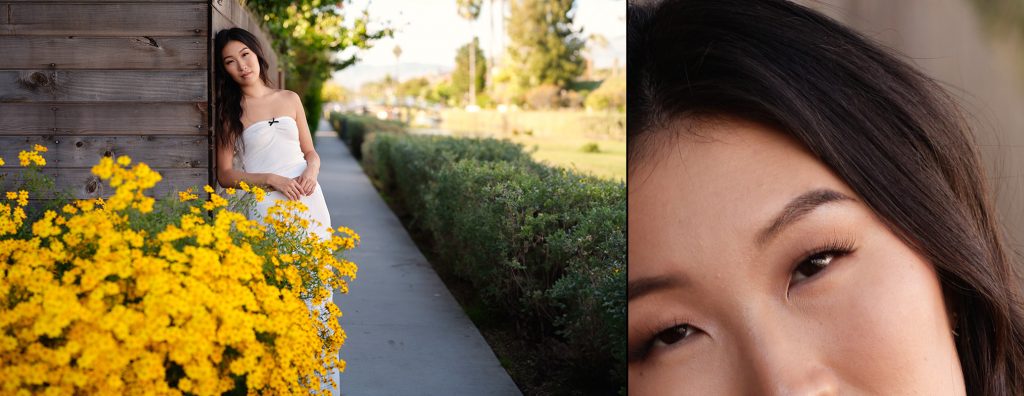
The second biggest change is the change in memory used – moving from two standard SD cards to an SD card slot and a CF Express Type-B card. Being a user of the previous iteration, I didn’t have a CF Express Type-B card when I first received my rental, which to my surprise, made it so I was not able to shoot video at all on the camera. In retrospect, that makes sense – a CF Express Type-B card is considerably faster than your standard SD card – something much needed when shooting in 4K video.

The second caveat is something already spoken about regularly by others – the claimed 14-bit color comes with some strings attached. If you want to take advantage of the incredible color processing from the GFX 100 II, you’ll need to shoot in single shot mode – not taking advantage of the impressive 8fps shooting speeds. While this has been criticized as misleading by some, I personally don’t see this as too big of a problem. While this camera has the specs of an excellent all-rounder camera, I think it’s still fair to say that 100 megapixels still excels most in a studio environment, where shooting practices are slower and more purposeful.
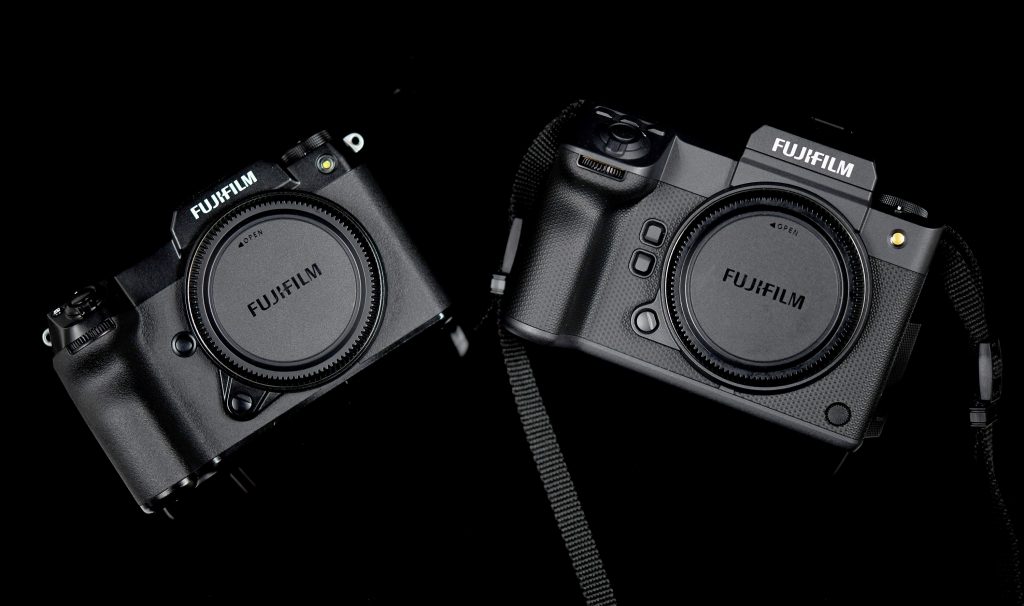
In using this camera, I noticed some things that differed from the GFX 100s – a camera that has gone through hundreds of photoshoots in my hands. So I figured it would make the most sense to just free-form and list the differences I noticed here. The first, most noticeable difference is the autofocus system. While I’d never go as far as to say that the GFX 100s’s autofocus system is bad, it is worth noting that the GFX 100 II has made some extremely noticeable improvements to the autofocus speed and drive. The autofocus system on this camera is extremely quick and accurate, and I’d go as far as to say that it could compete with many full-frame mirrorless cameras on the market. Whether it was shooting with the sun in the background, to moving subjects, I never really saw the camera have to seek to find my subject in the 800 or so frames I put it through.
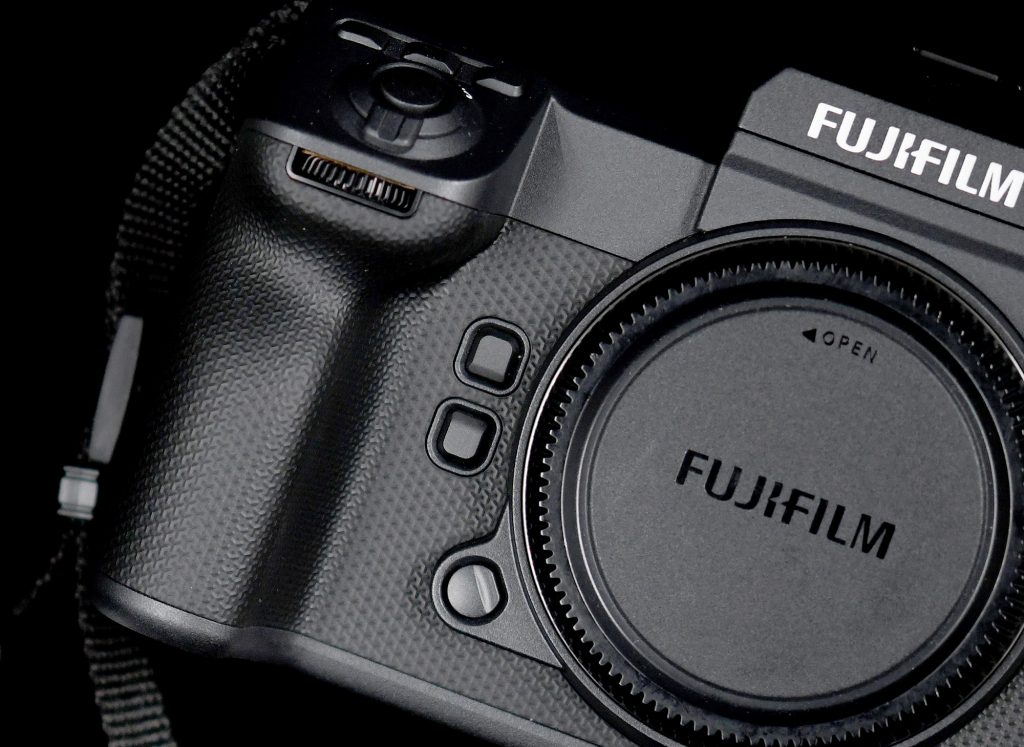
The second noticeable difference is the general quality of life changes made to the system from the GFX 100s. The viewfinder has a noticeable increase in resolution, and the general ergonomics of the camera have improved considerably. In my 2.5 years of owning the GFX 100s, I’ve had to grow to love the general design and shape of the grip on the camera. Its boxy design never allows you to get a good handle on the camera, and the change of the grip texture paired with the increase in size is a welcomed one for my bigger hands.
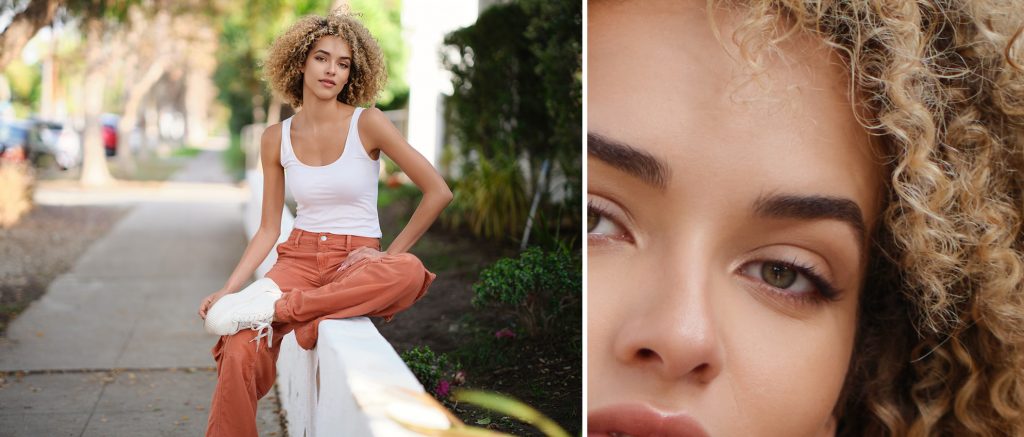
Aside from the Ergo redesign and the few upgrades to the camera already mentioned, I haven’t seen much of a difference in image quality between the Fuji GFX 100s and the Fuji GFX 100 II. Both have exceptional sensors and while Fuji claims the GFX 100 II has a newly designed sensor, I suspect that they are far more similar than they are different. This asks the question, is the Fuji GFX 100 II worth the price?
The Verdict
In my few days with the Fuji GFX 100 II, I was deeply impressed with the latest iteration of a camera I already own and love with the GFX 100s. The autofocus is incredibly responsive and accurate, and the newest processor transforms a studio camera into a fast-paced and well-rounded camera for just about any type of photography. But is it worth it? Well, if you want that added image quality and want to move to medium format, absolutely – the Fuji GFX 100 II is the best medium format camera on the market. However, if you own the Fuji GFX 100s and are looking at this camera as the perfect upgrade, it might be worth the wait to see what Fuji has up its sleeves in the coming years.
Not just on the camera side, but the GFX lens lineup still has several holes in it that are holding it back for a lot of photographers. The Fuji GFX 100 II is a pretty significant upgrade to an already incredible camera – but comes at a pretty significant cost. I have no doubts that I’ll upgrade to the Fuji GFX 100 II in the next couple of years, but until then, I’ll be incredibly happy with my current Fuji GFX 100s (which looks to have a pretty nice discount on the price with this latest announcement).
But what do you think? Would you like to see a deeper dive into the Fuji GFX 100 II? Feel free to chime in and ask any questions in the comments below.
Related Reading
- Sensor Format Size and Image Quality
- Lensrentals.com Reviews the FujiFilm GFX 100S
- Four Lighting Techniques to Try on Your Next Photo Shoot
- Four Studio Photography Techniques to Give a Try This Winter F
Author: Zach Sutton
I’m Zach and I’m the editor and a frequent writer here at Lensrentals.com. I’m also a commercial beauty photographer in Los Angeles, CA, and offer educational workshops on photography and lighting all over North America.-
Zach Sutton Photography
-
Amarger
